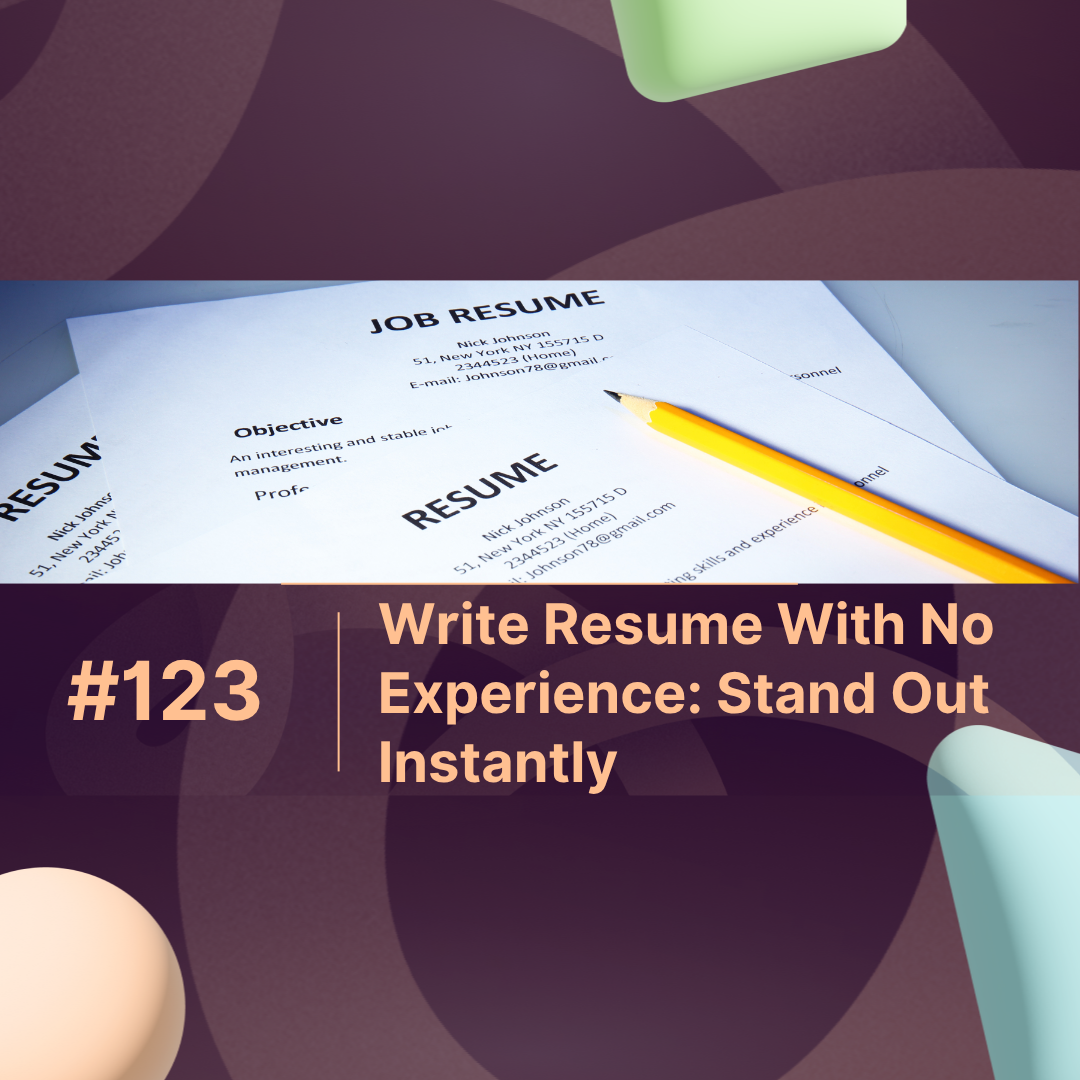Overview:
In today’s competitive job market, your resume is your first impression. However, it’s not just human recruiters reviewing your resume — it’s often an ATS (Applicant Tracking System). Understanding why your Resume Needs to Pass the ATS Test is crucial if you want to get noticed. This blog will cover the importance of ATS, how it works, key statistics, and how to optimize your resume for ATS success.
What is an ATS and Why Does It Matter?
An Applicant Tracking System (ATS) is software used by companies to sort, scan, and rank resumes. According to Jobscan, over 98% of Fortune 500 companies use ATS software to streamline the hiring process. If your resume isn’t optimized for ATS, it may never be seen by a human recruiter.
In simple words:
If your Resume Needs to Pass the ATS Test, it must be formatted correctly, keyword-optimized, and easy for a machine to read.
How Does an ATS Work?
An ATS scans your resume for specific keywords, skills, job titles, and experiences that match the job description. It then ranks candidates based on how well their resumes fit the role.
If your resume lacks these elements, the ATS may reject it, even if you’re a strong candidate.
Why Your Resume Needs to Pass the ATS Test: Key Reasons
| Reason | Importance Level | Details |
|---|---|---|
| Increase Shortlisting Chances | High | An ATS-optimized resume boosts your visibility to recruiters. |
| Save Time | Medium | Helps recruiters quickly find qualified candidates. |
| Improve Match Scores | High | A resume tailored for ATS shows better relevance to job descriptions. |
| Professional Image | Medium | An organized, ATS-friendly resume reflects attention to detail. |
Fact: A study by Kelly Services found that 75% of resumes are rejected by ATS before reaching a recruiter.
Best Practices to Ensure Your Resume Passes the ATS Test
1. Use the Right Keywords
Your Resume Needs to Pass the ATS Test by including keywords from the job description. Look for hard skills, software names, certifications, and specific job titles.
2. Choose a Simple Layout
Fancy designs, graphics, tables, and charts can confuse ATS software. Stick to a simple, clean format with standard fonts like Arial, Calibri, or Times New Roman.
3. Optimize Your File Type
Save your resume as a .docx or PDF (if specified). Some older ATS versions cannot read PDFs properly, so always check the job posting.
4. Avoid Headers and Footers
Many ATS systems cannot read text in headers and footers. Keep all critical information in the body of the document.
5. Use Standard Headings
Use conventional headings like “Work Experience,” “Education,” and “Skills.” Custom or creative headings may confuse the ATS.
Common Mistakes That Can Fail the ATS Test
-
Using complex graphics or text boxes
-
Submitting the wrong file format
-
Failing to match keywords exactly
-
Including spelling errors that affect keyword matching
-
Overstuffing keywords unnaturally
🚫 Remember: Keyword stuffing can lower your resume’s readability and your ranking in ATS!
How to Check if Your Resume is ATS-Friendly
You can use online tools like Jobscan, Resumeworded, or TopResume’s ATS Checker to scan your document before applying. These tools analyze your resume’s compatibility with modern ATS systems.
Conclusion
If you truly want to land your dream job, understanding why your Resume Needs to Pass the ATS Test is non-negotiable. A well-optimized resume can significantly increase your chances of being noticed by both machines and human recruiters.
By following the right formatting, using targeted keywords, and avoiding common mistakes, you make sure that your resume is strong enough to pass the first crucial hurdle — the ATS test.
Your next career opportunity could just be one ATS-friendly resume away!
FAQs
1. What happens if my resume fails the ATS test?
If your resume fails the ATS test, it is likely filtered out before a recruiter ever sees it, reducing your chances of getting an interview.
2. How do I know if a company uses ATS?
Most large companies and many mid-sized firms use ATS. If a job application process feels automated, chances are an ATS is involved.
3. Can a graphic-heavy resume pass the ATS?
Usually no. ATS software struggles with images, charts, and complex formatting. It’s safer to use a simple, text-based resume.
4. Should I tailor my resume for every job?
Yes! Tailoring your resume by aligning it with each job’s keywords and requirements drastically improves your chances of passing the ATS.
5. What file type is best for ATS resumes?
A .docx file is the safest choice unless a job posting specifically requests a PDF.



